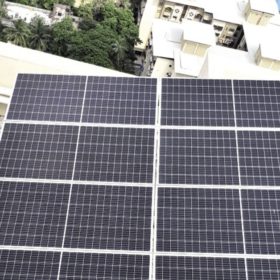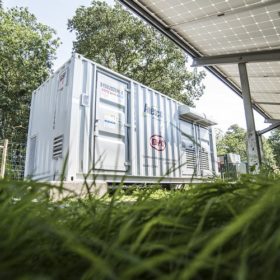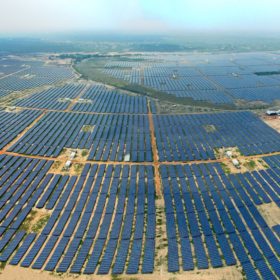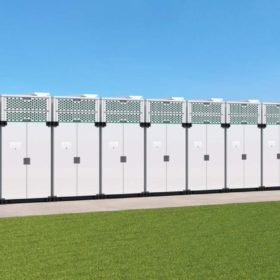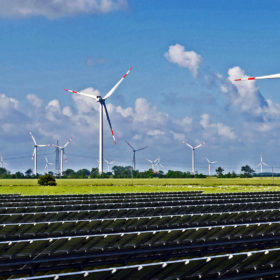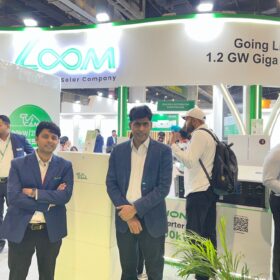Durgapur Projects tenders 20MW solar EPC at its thermal power plant
The state-owned integrated power utility has invited bids to install and commission a cumulative 20MW of ground-mounted, grid-connected solar capacity at its thermal power plant in Durgapur, West Bengal. Bidding closes on May 14.
India may miss 2022 solar target of 100GW by 27%
A new report by JMK Research and the Institute for Energy Economics and Financial Analysis (IEEFA) says India is likely to miss its ‘100GW by 2022’ solar target by about 27GW, mainly due to the underwhelming growth of rooftop solar. While utility-scale solar is on track to achieve nearly 97% of the 60GW installed capacity targeted by 2022, rooftop solar will be 25GW short of the 40GW mark.
APAC to lead global battery storage market, clock 68% share by 2026
The global battery energy storage market will grow to $10.84 billion in 2026, with around two-thirds of the demand concentrated in the Asia Pacific region.
Abu Dhabi’s International Holding Company to invest US$ 2 billion in Adani Group’s green portfolio
Abu Dhabi-based International Holding Company (IHC) has signed the agreement to invest US$ 500 million in Adani Green Energy Ltd, US$ 500 million in Adani Transmission Ltd, and US$ 1 billion in Adani Enterprises Ltd.
Powin, O2 Power sign battery storage supply agreement
The agreement will see Powin supply and commission its advanced Stacks battery storage product lines for round-the-clock renewable energy projects undertaken by O2 Power.
NHPC tenders EPC work for 75MW of solar
Domestic bids are invited for the engineering, procurement and construction of 75MW of ISTS connected solar power projects anywhere in India for sale of energy through power exchange. Bidding closes on May 18.
Japan’s Mitsui to buy 49% in ReNew Power’s round-the-clock project
Japanese investor Mitsui has signed the agreement to raise a 49% stake in ReNew Power’s 1.3GW hybrid renewable energy project supplemented with up to 100MWh of battery storage. The project will supply 400MW of round-the-clock power to the Solar Energy Corporation of India (SECI) under a 25-year power purchase agreement.
Tractor-mounted, hydraulic panel cleaning arm for solar farms
Tamil Nadu based Next Automation has come up with a tractor-mounted hydraulically operated arm as a fast, accurate, cost-effective, and water-efficient cleaning solution for panels in solar farms.
India’s utility-scale PV capacity hit 41.7GW in December
India installed 41.7GW of cumulative utility-scale solar capacity as of Dec. 31, 2021. It has another 44.6GW in the pipeline.
Rajasthan emerging as a solar hub
Rajasthan, which has already surpassed the 10GW milestone of installed PV capacity, has mopped up commitments for over INR 8 lakh crore of investment in the State’s energy sector alone.

